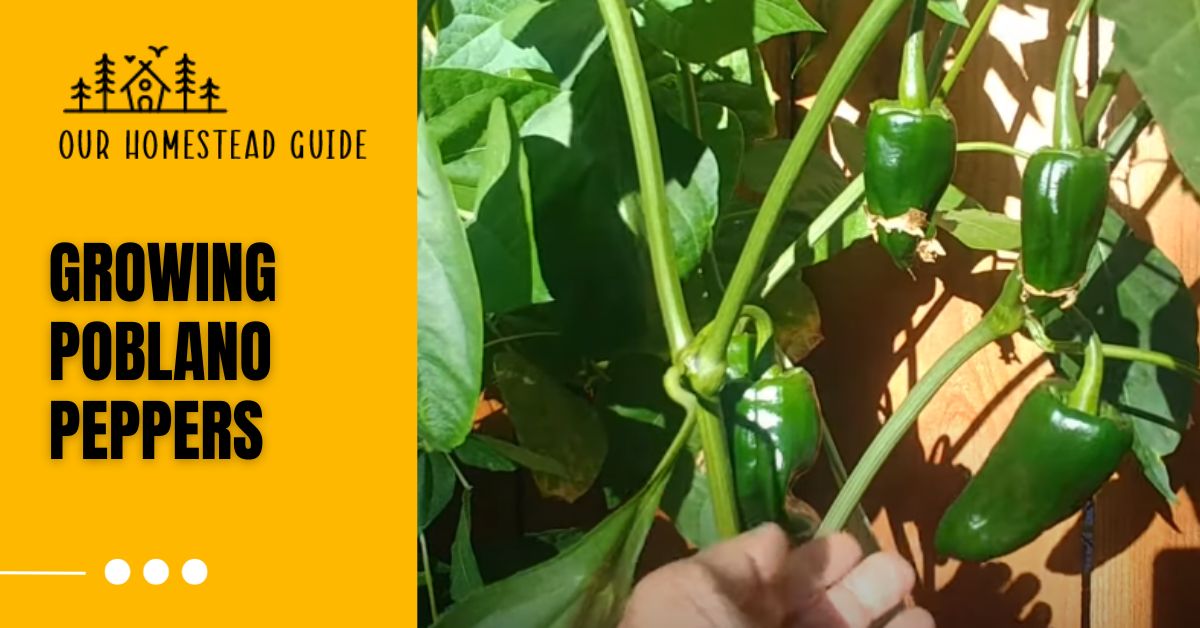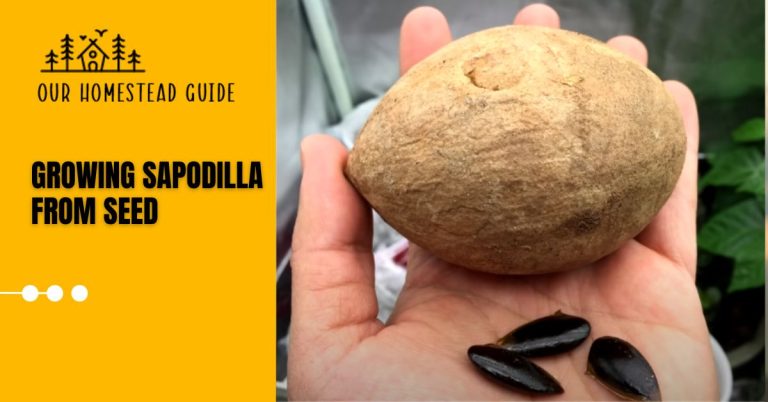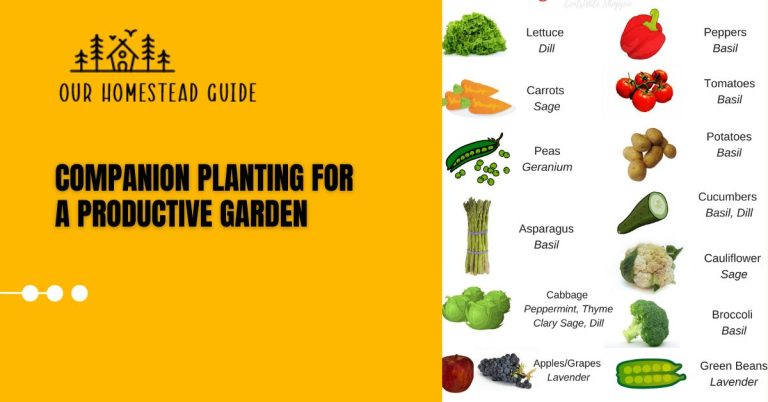How to Growing Poblano Peppers: step by step
Growing Poblano Peppers When dried, poblano peppers, a mild chili variation from Mexico, are also referred to as ancho peppers. They are recognized for their flexibility in the kitchen and are frequently used in recipes like pico de gallo and chiles rellenos. Let’s examine some key details of poblano peppers before moving on to the growth procedure.
What Do Poblano Peppers Look Like When Growing?
Growing Poblano Peppers Dark green foliage is typical of poblano pepper plants, which also provide elongated, cone-shaped peppers that begin green and mature to a deep red or brown. The peppers have rich, delicious flesh and can reach a length of 4-6 inches.
What Is the Suitable Climate for Growing Poblano Peppers?
Poblano peppers do best in warm, sunny environments. For them to grow successfully, a temperature range of 70-90°F (21-32°C) is necessary. Poblano peppers can be grown indoors or in containers if you reside in a milder environment.
ingredients for cultivating poblano peppers
It is unusual to compile a table of ingredients for cultivating poblano peppers because the ingredients are more typically used in agriculture and gardening. However, the following simplified table outlines the vital elements frequently used in poblano pepper cultivation:
| Ingredients / Components |
| Poblano Pepper Seeds |
| Seedling Pots or Trays |
| Seed Starting Mix |
| Watering Can |
| Grow Lights (if indoors) |
| Fertilizer or Compost |
| Stakes or Cages |
| Insecticidal Soap (for pest control) |
| Beneficial Insects (for pest control) |
| Neem Oil (for pest control) |
| Companion Plants (e.g., basil, oregano) |
| Row Covers (for cold protection) |
| Garden Shears or Scissors (for harvesting) |
These are the main “ingredients” or materials that you may require for growing poblano peppers. Keep in mind that effective pepper growing depends more on good handling and cultivation methods than it does on conventional ingredients.
Growing Poblano Peppers: From Seeds to Harvest
Planting Poblano Pepper Seeds
Starting a pepper garden with poblano peppers from seeds is both affordable and rewarding.
Materials Needed
- Poblano pepper seeds
- Seedling pots or trays
- Seed starting mix
- Watering can
- Grow lights (if growing indoors)
Select High-Quality Seeds
Choose Poblano pepper seeds with freshness and viability as your top priorities from a reputable supplier to ensure a successful harvest. A plentiful and flourishing pepper garden is mostly dependent on starting with high-quality seeds from a reliable source.
Prepare Seedling Pots
Fill seedling trays or pots with a well-draining seed starting mix before sowing Poblano pepper seeds in them. To establish the perfect environment for germination and seedling growth, make sure the mixture is evenly wet but not unduly saturated.
Plant the Seeds
Poblano pepper seeds should be sown in the prepared pots at a depth of around 1/4 inch. Growing Poblano Peppers Maintain a minimum 2-inch space between seeds to allow each seedling enough room to grow healthily.
Provide Adequate Light
Position your Poblano pepper seedlings under grow lights or on a sunny windowsill to ensure they receive enough light. Aim for 6-8 hours of daily sunlight to promote vigorous and healthy development as they evolve into powerful plants.
Maintain Moisture
By keeping the soil continuously moist and preventing waterlogging, you can maintain ideal moisture levels for your Poblano pepper seedlings. When the top inch of soil in the pots becomes dry, water them gently to maintain a balanced environment that will promote good root growth and general plant vitality.
Transplant Seedlings
Growing Poblano Peppers It’s time to transplant your Poblano pepper seedlings when they are a few inches tall and have at least two sets of genuine leaves. Make sure they have enough room to develop into sturdy pepper plants by relocating them into larger containers or your yard.
Caring for Poblano Pepper Plants
Poblano pepper plants require specific care to thrive. Here are some key.
1-Watering
Regular watering will help your Poblano pepper plants maintain a constant soil moisture level. Aim for uniform moisture, but watch out for overwatering, which can encourage root rot and other problems. Healthy growth and fruit production are supported by a balanced watering schedule.
2-Fertilization
Use a balanced, slow-release fertilizer or organic compost to make sure your Poblano pepper plants have the nutrients they require. To give the proper number of nutrients for healthy growth and vigorous pepper production, adhere to the application recommendations on the product container.
3-Pruning
Growing Poblano Peppers Pinch off the first blossoms that appear on your Poblano pepper plants to encourage brisk growth. By refocusing their energy on building a solid foundation before moving on to fruit development, this pruning technique leads to pepper plants that are healthier and more productive.
4-Support
Provide support as your Poblano pepper plants mature to prevent them from collapsing over from the weight of their fruit. Growing Poblano Peppers To ensure plant stability and guarantee that your pepper plants remain upright and healthy during the growth season, stakes or cages are ideal options.
Harvesting Poblano Peppers
Harvesting poblano peppers is a thrilling part of the growing process. Here’s how to know when they’re ready to pick:
- After transplanting, poblano peppers are usually ready for harvest 70 to 80 days later, ensuring that they are picked at their peak size and flavor.
- When the Poblano peppers turn deep red or brown, which signifies their peak ripeness and sweetness, you should wait to harvest them for the finest flavor.
- Use garden shears or scissors to clip the peppers from the plant during harvest, leaving a short stem remaining for handling convenience.
- Growing Poblano Peppers Consider using gloves when handling Poblano peppers to protect your skin from the possibility of skin irritation from the oils in these peppers.
Tips for Successful Poblano Pepper Cultivation
Growing poblano peppers can be both enjoyable and productive with the right approach. Here are some valuable tips to ensure your pepper garden thrives:
1. Choose the Right Container
When growing Poblano peppers in pots or containers, choosing the right container size is essential. Choose containers with a minimum 5-gallon size to ensure there is enough space for strong root development. This enables the plants to flourish and yield an abundance of peppers even in small areas like patios or balconies.
2. Prune Sparingly
When eliminating early flowers to promote growth, pruning is very important for fostering healthy pepper plants. Overzealous pruning should be avoided because it could reduce the overall production of peppers.
3. Pest Management
When it comes to common pests like aphids and caterpillars, vigilant monitoring is essential for effective pest management of your pepper plants. Use natural remedies or insecticidal soap to eliminate pests quickly and protect the well-being and productivity of your plants.
4. Companion Planting
Embrace companion planting by placing herbs like basil and oregano alongside your poblano peppers; this symbiotic arrangement not only helps deter pests but also enhances the flavor of your peppers.
5. Provide Support
As they mature, give your pepper plants the correct support with stakes or cages to ensure their success and reduce the chance of them bending or breaking under the weight of the fruit. Growing Poblano Peppers This proactive step encourages plant health and productivity.
Serving Ideas for Poblano Peppers
It’s time to start using poblano peppers in various meals now that you’ve grown them successfully. the following serving suggestions:
1-Chiles Rellenos
By putting your preferred cheese, meat, or veggies inside poblano peppers, you can enjoy the delicious Mexican delicacy known as Chiles Rellenos. A tasty and filling dinner is produced by dipping them in a decadent egg batter and frying them until they turn a scrumptious golden brown.
2-Pico de Gallo
By slicing poblano peppers, and combining them with tomatoes, onions, cilantro, and a dash of tangy lime juice, you can quickly make a colorful Pico de Gallo salsa. This tasty and energizing sauce is the ideal dipping partner for tortilla chips or provides a delightful kick to your favorite recipes.
3-Poblano Pepper Soup
Roasted poblano peppers are combined with sautéed onions, garlic, and flavorful chicken stock to make a substantial Poblano Pepper Soup. Growing Poblano Peppers This hearty soup accentuates the rich, smokey flavor of poblanos and is creamy and tasty.
4-Poblano Pepper Tacos
Poblano Pepper Tacos will up your taco game by adding thinly sliced grilled poblano peppers to your favorite taco fillings. A must-try for any taco aficionado, their smokey and strong flavor gives the familiar taco experience a pleasant twist.
Conclusion:
Growing Poblano Peppers whether you’re an experienced gardener or a novice, cultivating poblano peppers can be a rewarding task. These adaptable and tasty peppers may flourish in a range of settings, including gardens and indoor pots.
You can enjoy a plentiful crop of poblano peppers, ideal for adding a hint of Mexican flair to your culinary creations, with the appropriate care, attention to temperature and lighting, and careful pest management. Happy growing and enjoy your pepper garden’s fruits!
Most Frequently Asked Questions!
1- Can poblano peppers be grown indoors?
Poblano peppers can be grown inside, especially in colder climates. Maintain the proper temperature range (70-90°F or 21-32°C) and provide adequate lighting.
2- How long does it take for poblano peppers to grow?
Poblano peppers can be harvested 70 to 80 days after being transplanted, but this timescale can change depending on the growth environment and pepper variety.
3- What is the best temperature range for growing poblano peppers?
Temperatures between 70 and 90 °F (21-32 °C) are ideal for poblano pepper growth. Keep them from extreme cold, especially frost.
4- How do I prevent common pests when growing poblano peppers?
To prevent and manage pests, regularly inspect your plants, apply natural cures or helpful insects, think about companion planting, and keep your garden space clean.
5- Can I grow poblano peppers from saved seeds?
Yes, you may produce poblano peppers from conserved seeds. However, before you plant the seeds in large quantities, carry out a germination test to make sure the seeds are healthy, pure, and properly stored.
you may also like this article.




